Zeiss Otus: Another Level of Quality
![]()
I have been shooting using Zeiss optics for decades. The appreciation was instilled in me by my grandfather who collected cameras quite seriously, including a large Leica collection. He passed on a few cameras like the Argus C3, Zeiss Ikoflex Twin Lens Reflex, Rollei 35, etc. as well as a few large format and enlarging lenses, often explaining to me that Zeiss was the real leader of optics.
He had a thing for German engineering and I understand why. Ironically, he was a Lt. Colonel in the US army in WWII and in charge of many demolitions. As a hobbyist photographer, he brought cameras with him and acquired some there.
My first serious camera for pro use (after the Sinar F1) was a Contax RTSIII. I had fallen in love with a friend’s RTS. And since I was shooting large format I didn’t really feel a need for medium format, skipping over it for the most part for any real work, and settling on what I felt was the best in 35mm film from a company that used the best name in medium format imagery – Zeiss.
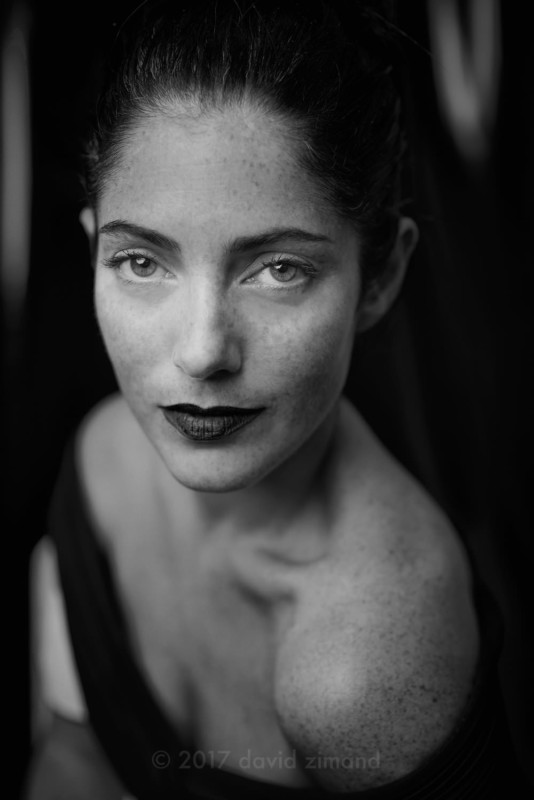
Digital Realm
When I finally went to digital, the main question was what body could I put my Contax Zeiss lenses onto. Initially, it was Canon. Later, Sony seemed intriguing as a company who might even go full frame with a short flange distance, allowing the use of Leica M-mount lenses like the Zeiss ZM line – an option I really wanted. Indeed, Sony delivered.
Today, I mainly use the Sony a7R II with a selection of Zeiss lenses including the Otus series. While I use other lenses for specific looks, it’s always Zeiss when quality is imperative. And in that, nothing beats the Otus. Simply put, there is no lens offering the same performance with a 1.4 f-stop.
Otus
The story goes that Zeiss let the optical engineers have free reign to create the best lens with no restrictions. The result: the Otus line. Initially, the 55/1.4 and later additional variants followed.
The lens is large, and the 85 and 28, very large. They are also fast, at 1.4. They also created a new standard in a couple of ways. They simply exceed anything else out there. They also offer near top performance at the widest aperture.
In most lenses, including some of the best and sharpest, wide open performance is not ideal nor perfectly controlled in favor of allowing more light, and often enough, simply a different look wide open that is forgiving. The Zeiss 100/2 Makro is an example where there are indeed chromatic aberrations splitting colors at f2 allowing resulting purple and green fringing (easily mitigated in software today). Closed down these quickly disappear yielding a perfectly tight and controlled image.
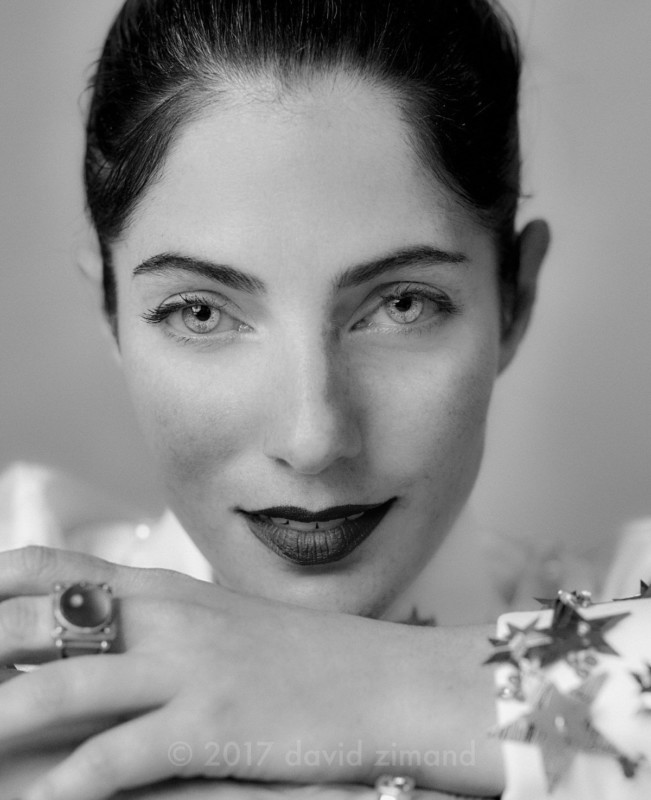
The Otus lenses are tight, and apochromatic across the range allowing one to shoot perfect images wide open without fear for lack of perfection. The only question becomes the mastery over depth of field, alignment and what essentially comes down to the understanding of photographic principles and discipline in applying them. This is quite unique in allowing for beautiful depth of field and isolation of subject in an image yet still yielding a sharp, contrasty image free of imperfections of the glass.
This also allows for more dramatic depth of field or larger format equivalence – an image that otherwise could only be shot on medium format or large format to get the same look and effect of subject vs background. But I stress, that like shooting real medium format especially 6×6, 6X9 and large format, shooting imperfections are amplified exponentially.
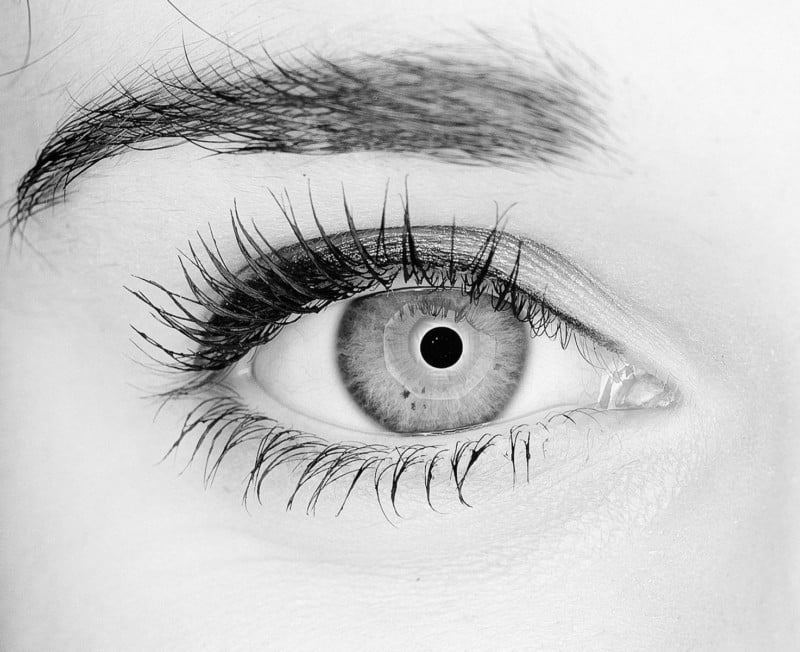
Lenses Akin To Paintbrushes
I love the qualities of various lenses, and see each one as a paintbrush of sorts that allow for different looks. Each an option with a very different outcome on specific subjects. Some lenses are amazing for portraiture, but not for everyone – as subject or photographer, nor for every lighting situation.
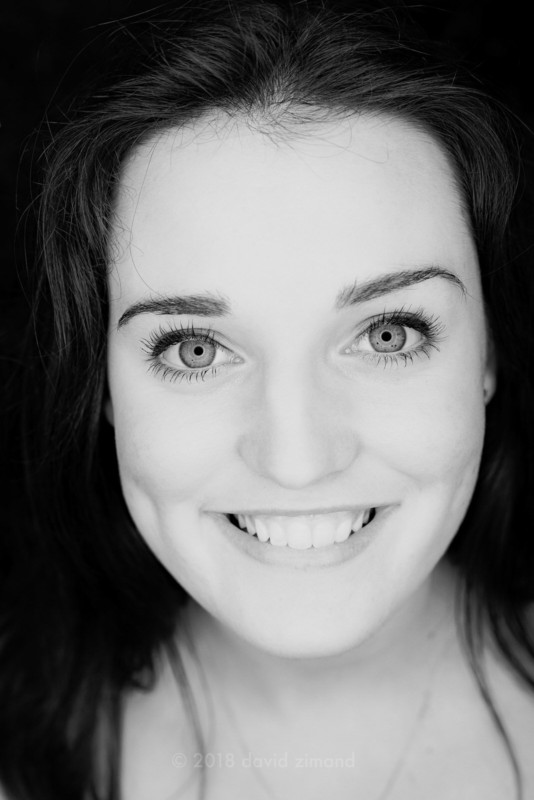
The Zeiss Milvus 100/2 Makro is an amazing lens and gives incredible details and micro contrast, yet in harsher lighting and on skin that is not porcelain smooth, it can be too “bitingly sharp” for portraiture in a way that many would find unappealing for their own image. For a male with salt and pepper features, it’s a fantastic tool for that gruffness. The Otus 55 will have more detail, and yet more subtly applied. It can reveal details with a microscopic level of information exceeding what the eye can see while still remaining pleasing.
The resolving power and sharpness with a high-resolution camera yield another level of detail that translates into more details in shadows and highlights rather than a muddy contrasty simplification of light and dark areas. This is also boosted by flare control that mitigates flare and light bounce even in direct light. Magic. Never seen such capability.
I feel it’s akin to a higher dynamic range ultimately because of greater information in details and thus smooth tonal transitions across a tonal range. I’m not an optical engineer or expert except in what I see. I can not say I know with scientific certainty that the optics can actually affect dynamic range and that this is supported by numbers or tests. But I do see the results in my images. This quality reminds me of 4×5 transparencies even if not quite that. Very simply it exceeds anything I’ve ever seen.
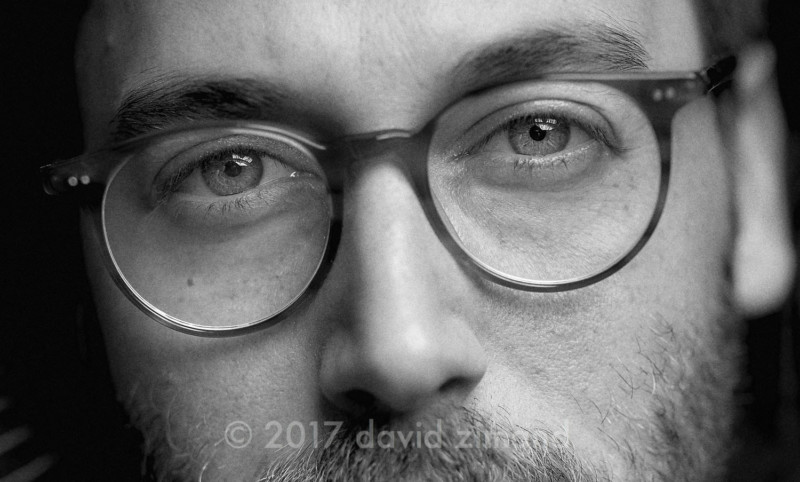
Medium Format Relevance
In terms of medium format in digital, I do feel from my own tests that the Otus lenses are at least on par, or exceed the current offerings available. We live in amazing times in terms of camera technology. So many great systems, and many great lenses. Hard to knock any of them, especially top-tier companies. But, the Otus is an obvious choice for me and allows me to get what I feel is medium format quality on a full frame sensor that has enough resolution.
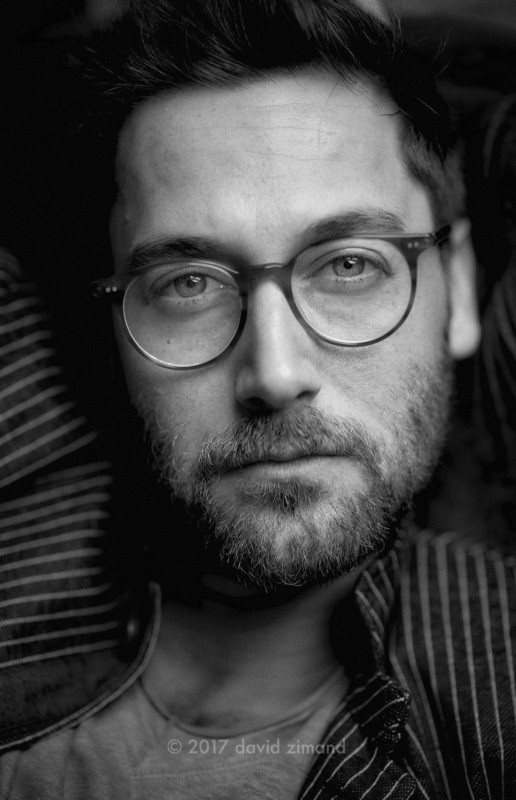
At one point, I compared 2 top medium format offerings with their better and equivalent lenses against the Otus 55 on my Sony a7R II. I did not find any single advantage of the systems that cost at minimum 3 times as much. Instead, I’d be looking at serious compromises at a far higher price, and all the more so for any additional lens and peripheral purchases.
But all that aside, just one camera and one lens, I found the above combination something extremely powerful at a reasonable cost that absolutely holds its own against current medium format cameras at 50MP. I can not yet speak for the 100MP sensor, nor the new 400MP capability. I can only say I would love to see how the Otus lenses fare on them.
The silver lining of using “full frame” vs “medium format” is ease of use, general usability in any scenario, and far fewer restrictions and compromises associated with them, whether greater lighting, speed, weight and even basic yet essential ability to hold the camera steady. Add to that lenses.
For photographers that love lenses, it is ideal when we can take our amazing lenses with us, whether old school or the latest and greatest. With Zeiss and others, coming out with amazing new levels of superiority at a rapid pace of development it’s more than just nice to allow for their use. The lenses can often define our work.
This does not mean that the lenses of the other companies are no good or lacking when it comes to personal choice, only that regardless of perfection or not, using my lenses, access to older ones and new pinnacles of achievement is quite an asset and simply not possible with most systems. I do love the Hasselblad XD1 for ergonomics, and ease of use, as that form is quite unique indeed if not outright the best feel and look of any camera out there. If I could only put my Otus on it… Why?
![]()
Mainly, for all of the reasons above. I also believe the Otus would give a different look. But the real headline points are 1.4, true Apochromatic, exceptional resolving power and manual focus. These separate out the lenses being produced by other medium format manufacturers. For me, at 1.4, most AF systems cannot be fully trusted and I see this often. Most AF systems have an easier task at 1.4 on one hand, yet have a hard nailing exactly what you want at such a shallow DOF and razor thin plane of focus. Simply put, it’s a system that invites challenges due to greater complexity, much like the now unnecessary mirror mechanism in SLR systems.
That added complexity invites additional failures. AF systems require calibration exceeding what most are willing to even take time to understand, nor does the AF know exactly which point in three-dimensional space you want. I know when I shoot MF, not only is the “feel” there that I like but so is the accuracy, so long as I am disciplined in my shooting.
![]()
For example, the eye. Sony has a wonderful eye focus feature that makes so much sense. And I hear it works amazingly for many. From a distance, that’s probably perfect. For me, the eye alone is not enough precision. The eye is three dimensional. I recently found I had inadvertently focused on the outer portion of the eye, the cornea – like focusing on the outer glass, but not the iris, where the beautiful patterns and colors are. It’s the iris that I’m after, the flat plane of the eye that we most often consider as the real information of the eye, as well as beautiful unique artwork of patterns and colors.
The iris not only reads information and transfers but also gives us information, uniquely to science and varying traditions from cultures around the world. A bit humorously, and especially with this level of capability in details, it also often reflects and shows what is happening in the scene in front of the subject, like a mirror.
Upscaling
This will be controversial — as if the prior opinions weren’t enough. Bottom line, I have been able to upscale – or uprez – quite a bit when using the Otus lenses. Going to 50MP from the native 42.2MP in the Sony is really not a big deal and often with zero ability to discern any differences. When strobes and good lighting are used, along with the Otus and Sony sensor, I have found pushing up to 100MP still yields details that most cannot tell apart from native images when cropped and provided to professionals to without accompanying details on what was done. I’ve even gone as high as 200MP in some images, with the understanding they would be printed very large and minimum viewing distance is more than 2-3 feet.
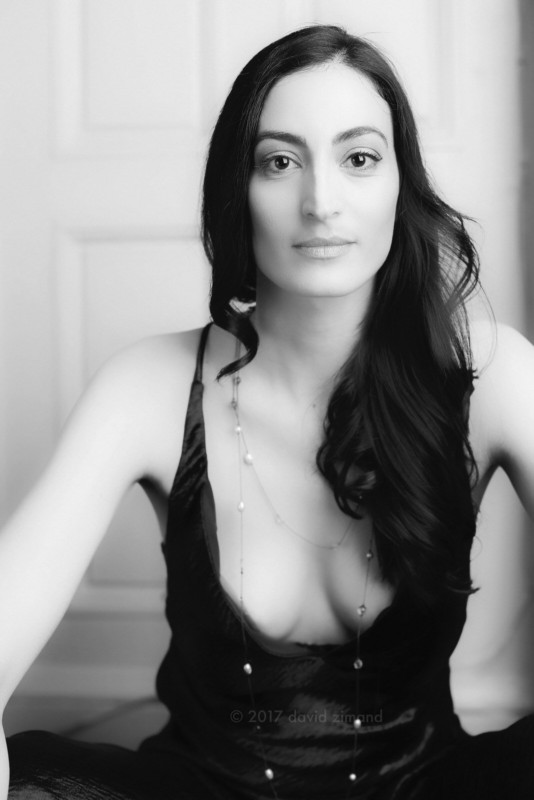
Portraiture as Psychological Forensic Landscapes
As it is, I look at faces and portraiture akin to shooting landscapes. Portraiture is like shooting psychological forensic landscapes of humanity. The variety of features, the rolling surfaces, complexities of details, each part of the interface with the world, yet beneath an entire world of information, connections, systems in harmony, and yet also at war, and the mind along with personal histories that are ultimately inscribed. Portraiture opens that up and captures these intimate details that for some are telling, and yet as if hidden.
Portraiture is a deep level of intimacy and knowing, sharing the inner – the inner pains, struggles, successes, ease, intake, positioning, blessings, curses, disease, and dis-ease. So much information. I’ll stress that it can be too much, but that’s a style and storytelling question for the photographer and how they wish to represent subjects. But, it’s honest information, not overly sharp or aggressively detailed in a way that is harsher than any reality. But it certainly offers more information than visible to the human eye. I always see more than what I saw when I shot images. Always. For better, or worse.
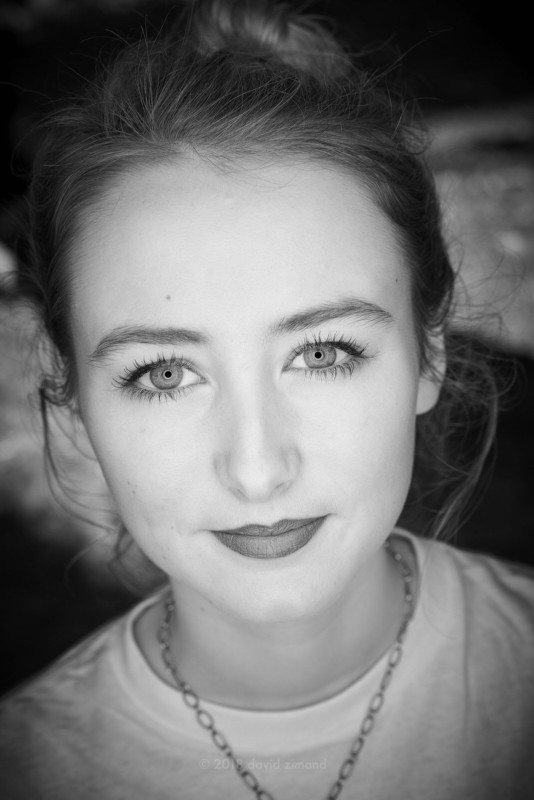
But, it’s all in how we shoot and tell that story via the capture of that epic and unique landscape and the choices of storytelling brushes and tools. For me, hard to beat the Otus 55/1.4 That quality, that aperture/speed, truly apochromatic, incredible resolving power and smoothness of tonal gradations, details in shadows and highlights — I know of no other lens or lens lines that meet this.
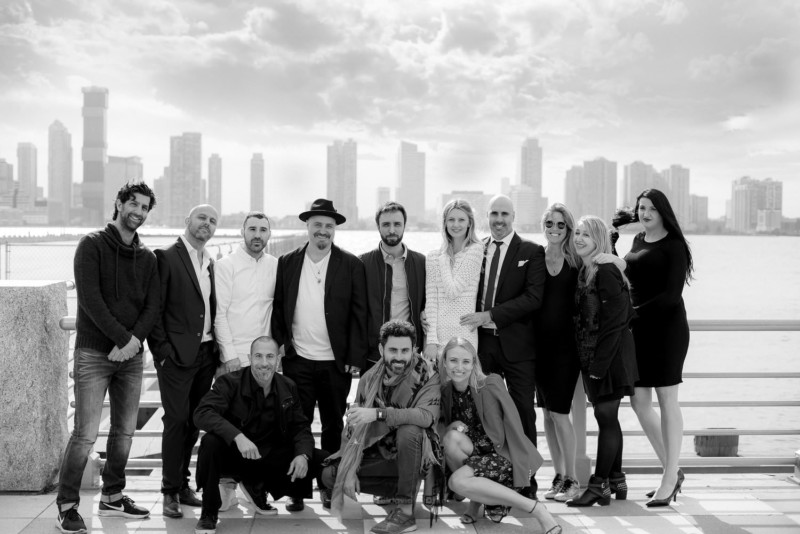
Practical Notes
It’s important to understand with great power comes great responsibility. Here, that is a good analogy to: with great resolution comes great responsibility in shooting discipline in order to mitigate errors that won’t even be an issue with lesser resolution and resolving power. Just like printing larger (for those that have), shooting larger amplifies errors exponentially, including those that would not be relevant at lower resolutions with lenses less capable.
Not nailing focus on smaller sensors, especially any sensor 24MP and below, is not often noticed particularly when simply shared on the Internet, especially Facebook which also downgrades the image, and all the more so with Instagram, because the images are tiny. Ever wonder why many camera companies have stopped at 24MP? Because we don’t need more than that for 97% of the shooting out there for intended end results, and because more starts to generate issues exponentially. Greater and more expensive lenses are only one small part of that.
Shooting so sharply with a massive resolution and hair-thin shallow depth of field requires tremendous accuracy and steadiness of photographer and subject, a greater understanding of planes in space and three-dimensional thinking, greater patience in shooting and with subjects and people skills to instill confidence and patience in your subjects. It’s a skill, that combines many skills for the dedicated. But, first, it’s an understanding. It’s an approach and methodology requiring patience and structure – much like shooting large format.
Snapping off shots is not good enough. I see many shooters with fast lenses to show off but always shoot closed down to play it safe, which defeats the purpose of such lenses. In fact, if you are shooting at 5.6 or so, a slower lens is far more economical and, in some cases, superior. They are certainly easier to manufacture and thus offer reasonable costs. The lens lineups for many companies will demonstrate this clearly. You’ll notice you can’t get a 1.4 in any medium format lens. And ultra-fast lenses wider and faster than 1.4 are extremely rare and expensive unless they are for a smaller sensor at less resolution.
![]()
Shooting simply whatever will most likely not yield any spectacular results. Yet, like shooting large format, proper attention, creativity and solid shooting of even the most mundane can be elevated to the level of art, or imagery that is unique and compelling relying on the vision and technology that brought that vision to fruition.
For certain work a tripod is necessary. For living breathing subjects strobes certainly help, especially if the subject is just feet away and one is trying to capture the iris alone at 1.4. It’s exceedingly difficult; to nail focus on the iris, to align both eyes, to be steady including breathing which causes minor swaying and limb movements, to ensure the subject is also still or sway congruently, etc. Errors in most systems would be swallowed by the lower resolution and so on, whereas with the Otus, it all shows, the good, the bad, the microscopic.
It often strikes me that I’m using something more like military grade scientific equipment that is nearly inappropriate and illegal for civilian use. When I’m out the use of the Otus acts as like a powerful telescope to details far far away, whether the surface of the moon or who is in the restaurant blocks away. Spy agencies, this may be the tool for you.
![]()
It is indeed overkill for most situations. But when fitting, wow, and definitively superior. Another level.
For weddings, it has tremendous versatility.It has a soft, classic look for the occasion with a print advertising worthy crisp sharpness that can be applied in a razor-thin flat plane, along with a focus fall off that is dramatic, yet painterly perfect in its subtle softness. It really excels in formal portraits of families where that quality matters, as well as bride and groom portraits where that versatility and varying nature depending upon aperture, lighting, etc. assist in dictating that final overall look.
At one wedding I shot, I did so discretely with the ambient light of the room while the father of the groom shot them with strobes on a DSLR, since he, too, was a photographer. The Otus images looked far sharper and overall cleaner despite fairly low light, in a way that looked more like large soft box and clean low ISO despite the high ISO necessary. I’m still amazed. I have other lenses and know the difference is the lens here, not specifically the sensor or later software. It’s the qualities of the lens itself, but also that 1.4, compared to any higher aperture, that really gives an additional edge.
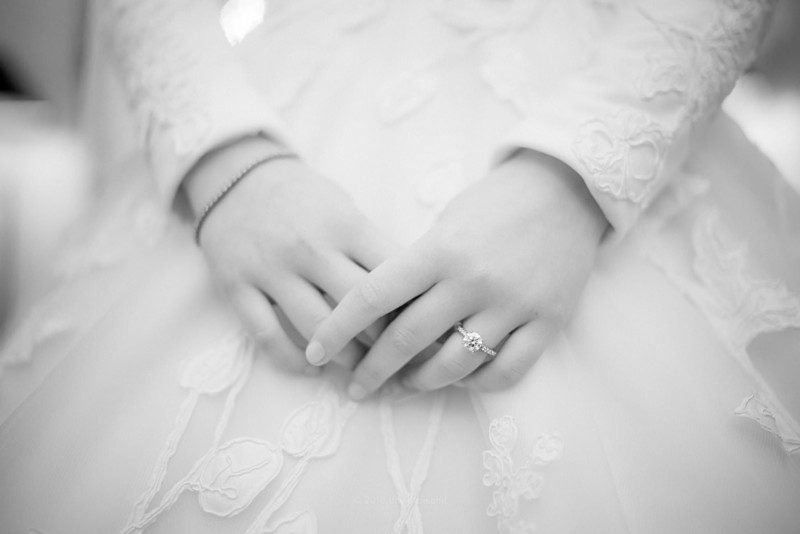
Economics
The Otus lenses are not cheap. Yet, they are ultimately not very expensive. Compared to Leica, they are often less than half the price of any better lens in their family. Bear in mind Leica is still at 24MP and thus don’t require perfection beyond that. That does not mean they are not capable. The Leica 50mm/f2 Summicron APO is often the comparison and, no doubt, an exceptional top quality lens. Leica does not, however, make an Apochromatic 50mm/1.4. Their 50/2 APO is nearly 3 times the price. The Sigma Art 50/1.4 just isn’t the same level as many have shown, whether in corrections, image quality, or manufacturing and feel. But, it is still an excellent lens and is the same category of nearly top performance at full aperture, a feat indeed. And a very worthy high-quality lens exceeding most.
Once we get into medium format, again, there is no perfect comparison, but many lenses at similar cost for anything with far slower apertures – whether Leica, Hasselblad, Fuji or Pentax. And their bodies retailing for minimum 2-3 times the current top Sony A7R3 which can output 42.2MP natively, or easily uprez to 50MP comparatively, yet with many advantages rather than compromises. BIT depth is really the only serious advantage in medium format. I will also concede that it can’t really be knocked when one wants a larger camera with a larger sensor with autofocus and a willingness to make compromises. However, there are many advantages to the Sony, Nikon, or Canon full frame (24×36) format with Otus lenses, yielding comparable results to medium format quality (and at times exceeding it) when taking all into account on real jobs and the ability to really expertly use that wider aperture, including in lower light.
At that end, the Otus lenses are a bargain, a tremendous value for what they offer – in of themselves, and with a proper body and sensor capable of using all that resolving power. Yet, in a package that can be taken nearly anywhere, a lens that can be brought out at any time to achieve another level of quality, exceeding what is possible with nearly anything else, if used well.

Notes
APO, or Apochromatic: this refers to lens designs that essentially control the alignment of color rays. In an apochromatic lens, they converge and focus on the same plane yielding greater sharpness and accurate color. In short, an APO lens focuses the colors on the same plane. To most, the obvious question then is: you mean most lenses do not focus on the same plane?! That’s right.
To manufacture lenses of this level of exactness is very expensive and most not willing to pay for such a luxury that seems like a standard necessity. However, when lenses are closed down this is mitigated anyway. That also means to manufacture a lens that is apochromatic wide open, and with a maximum f-stop of 1.4 is beyond what anyone has ever done – if I understand correctly. The Otus 55/1.4 has become the absolute benchmark. Previously, that benchmark standard of perfect correction belonged to the Coastal Optics 60/4 lens. That lens is not shabby in any way, however, perfection is also far easier to achieve at f4 and down.
Also important: like “all natural” in the food industry. There is no governing body that controls the definition thus anyone can say it. Or like with “organic” where the FDA allows multiple synthetic ingredients to be used when companies claim their products to be “organic”. Apochromatic should mean, and does to companies with honor, that the red, green and blue rays of light (or all) that the sensors see are indeed focused on the film/sensor plane. However, many companies make such claims without integrity or honesty because they do not actually meet the specifications of apochromatic and instead have only 2 of 3, or simply 1 with the others close enough. In the digital age, sensors amplify the issue and are sensitive to fringing. And high-resolution sensors amplify it exponentially, as they do any error.
This is why in an Otus lens you see accurate and incredible (incomparable) sharpness even when wide open.
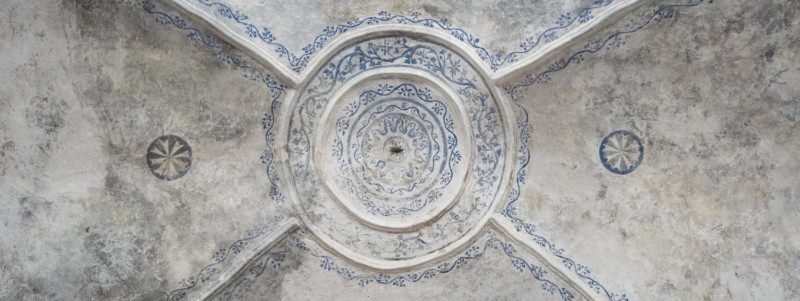
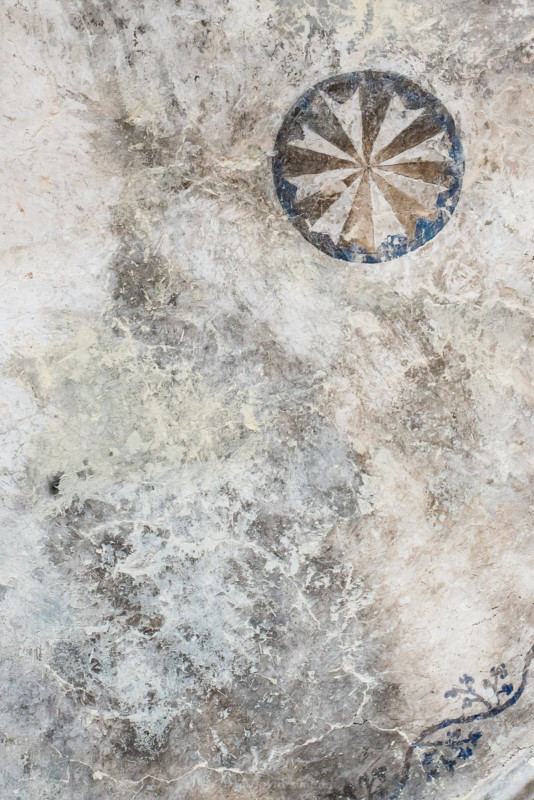
![]()

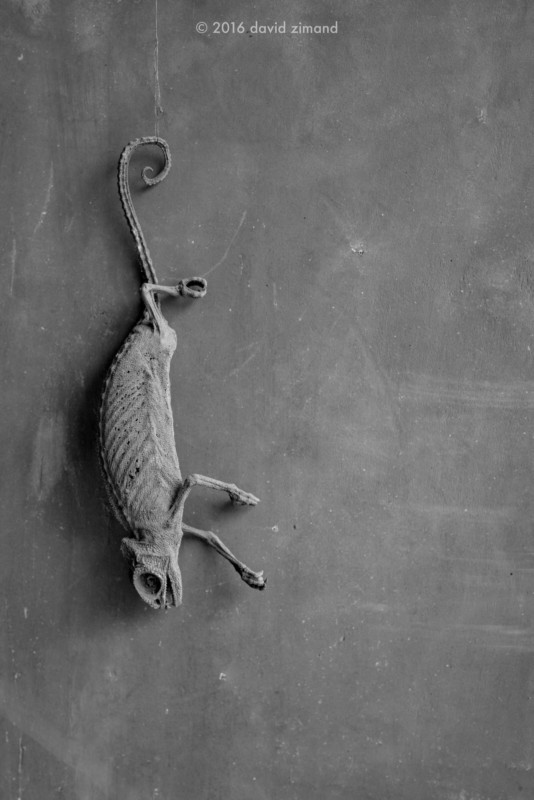
About the author: David Zimand is a professional photographer of over 25 years based in the New York City area. The opinions expressed in this article are solely those of the author. Zimand has shot for clients that include Deloitte, Amazon, Ford Models, and Trump Models. His work has also appeared in publications such as Vogue, Elle, Cosmopolitan, Daily Mail, and more. You can find more of his work on his website, Facebook, and Instagram. This article was also published here.